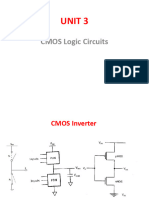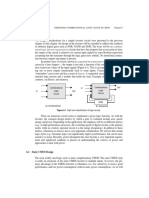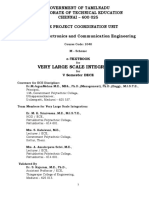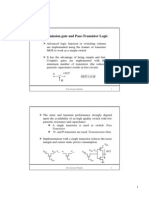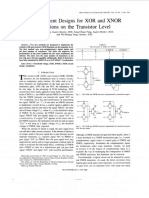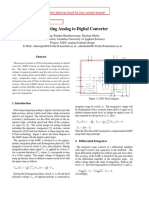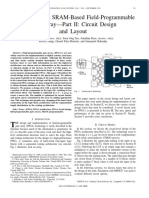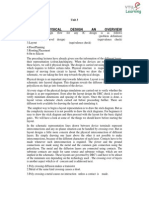0% found this document useful (0 votes)
40 views13 pagesUnit 2 Vlsi Ec3552
Uploaded by
EUNICE JOSHI A P PSGiTECHCopyright
© © All Rights Reserved
We take content rights seriously. If you suspect this is your content, claim it here.
Available Formats
Download as PDF, TXT or read online on Scribd
0% found this document useful (0 votes)
40 views13 pagesUnit 2 Vlsi Ec3552
Uploaded by
EUNICE JOSHI A P PSGiTECHCopyright
© © All Rights Reserved
We take content rights seriously. If you suspect this is your content, claim it here.
Available Formats
Download as PDF, TXT or read online on Scribd
/ 13















